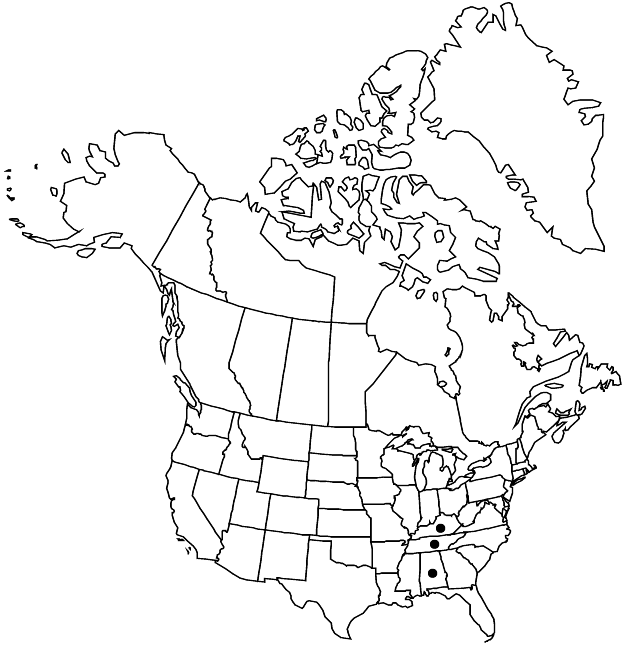familyPolygonaceae
subfamilyPolygonaceae subfam. Eriogonoideae
genusEriogonum
subgenusEriogonum subg. Eriogonum
speciesEriogonum longifolium
Difference between revisions of "Eriogonum longifolium var. harperi"
Sida 3: 197. 1968.
Common names: Harper’s wild buckwheat
Basionym: Eriogonum harperi Goodman Bull. Torrey Bot. Club 74: 329, figs. 1–3. 1947
FNA>Volume Importer |
FNA>Volume Importer |
||
| Line 11: | Line 11: | ||
|name=Eriogonum harperi | |name=Eriogonum harperi | ||
|authority=Goodman | |authority=Goodman | ||
| + | |rank=species | ||
|publication_title=Bull. Torrey Bot. Club | |publication_title=Bull. Torrey Bot. Club | ||
|publication_place=74: 329, figs. 1–3. 1947 | |publication_place=74: 329, figs. 1–3. 1947 | ||
| Line 38: | Line 39: | ||
-->{{#Taxon: | -->{{#Taxon: | ||
name=Eriogonum longifolium var. harperi | name=Eriogonum longifolium var. harperi | ||
| − | |||
|authority=(Goodman) Reveal | |authority=(Goodman) Reveal | ||
|rank=variety | |rank=variety | ||
| Line 53: | Line 53: | ||
|publication year=1968 | |publication year=1968 | ||
|special status= | |special status= | ||
| − | |source xml=https://jpend@bitbucket.org/aafc-mbb/fna-data-curation.git/src/ | + | |source xml=https://jpend@bitbucket.org/aafc-mbb/fna-data-curation.git/src/f50eec43f223ca0e34566be0b046453a0960e173/coarse_grained_fna_xml/V5/V5_669.xml |
|subfamily=Polygonaceae subfam. Eriogonoideae | |subfamily=Polygonaceae subfam. Eriogonoideae | ||
|genus=Eriogonum | |genus=Eriogonum | ||
Revision as of 21:55, 16 December 2019
Plants 10–18 dm, thinly tomentose. Leaves: basal leaf blade 10–15 × 1.5–2.5 cm, tomentose abaxially, sparsely floccose or glabrous adaxially. Peduncles 0.3–0.8 cm. Involucres turbinate, 3–3.5 × 1.5–2.5 mm. Flowers 5–7 mm, including 0.5–1(–1.2) mm stipelike base. Achenes 4–4.5 mm. 2n = 40.
Phenology: Flowering Jun–Sep.
Habitat: Sandy to gravelly, often calcareous flats, bluffs, outcrops, and slopes, oak and conifer woodlands
Elevation: 100-300 m
Distribution

Ala., Ky., Tenn.
Discussion
Variety harperi is known only from scattered populations in Alabama (Colbert and Franklin counties), Kentucky (Christian County), and Tennessee (DeKalb, Putnam, Smith, and Wilson counties). The Kentucky record is based on a report indicating that the plant had been extirpated there.
Selected References
None.
Lower Taxa
None.